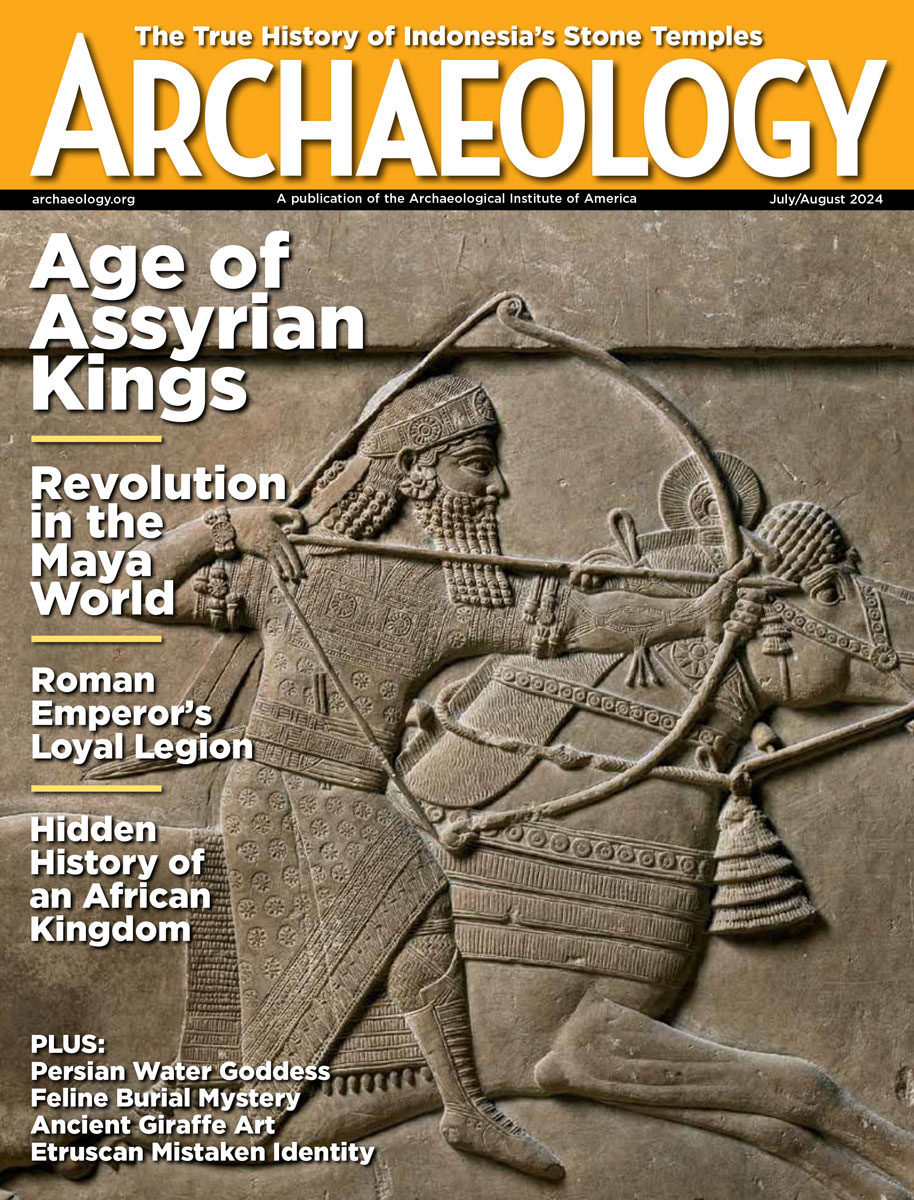Thursday, May 24
May 24, 2012
A 1,000-year-old skull in Belize’s Actun Tunichil Muknal cave was damaged when a tourist dropped his camera on it. There are a total of 15 skeletons in the cave, which the Maya used as a place of sacrifice. Artifacts have also been found that had been left as offerings to the gods. “I think this incident has made us all acutely aware of the need to be conservation-minded, of the need to be careful, of the need to tell people that they’ve got to watch where they step. We can put in lights in the cave, and we could set barriers up, but then, it would totally destroy the beautiful experience that one has,†said Jaime Awe of the Institute of Archaeology.
In the Lebreton Flats neighborhood of Ottawa, Canada, archaeologists are excavating an area where privies and other outbuildings stood in the nineteenth century, ahead of the construction of a light rail tunnel. They have uncovered a pipe stem from the 1880s and a penny from the 1850s. In addition, a hotel that had been converted for industrial use will be investigated.
Off the coast of Jupiter, Florida, the U.S. Navy is examining the wreckage of a World War II plane that was discovered by a local diver in 185 feet of water. The Navy has recovered a data plate from the Curtiss SB2C Helldiver’s tail in an attempt to identify it and any possible pilots. “Most of the other identification is painted on and won’t survive underwater. This is our one really big chance to find an ID number on it,†explained archaeologist Heather Brown.
A sixteenth-century ship that had been carrying a load of coconuts has been found in Ireland’s Schull Harbor. Most of the remains of the wooden ship are buried under silt, and part of it was damaged during digging for the construction of a wastewater treatment plant. Underwater archaeologist Julianna O’Donoghue is researching the history of the ship.
Excavations near the Neolithic Trefael Stone in Wales have revealed human bones, beads, pottery, and a stone cist from the Bronze Age. It is thought that the location had been used for ritual burials for 5,500 years. “The soils around this site are very acidic, so I’m astonished how the pottery and the bones have survived all this time. …What we have found is extremely rare,†said George Nash of the University of Bristol.
- Comments Off on Thursday, May 24









